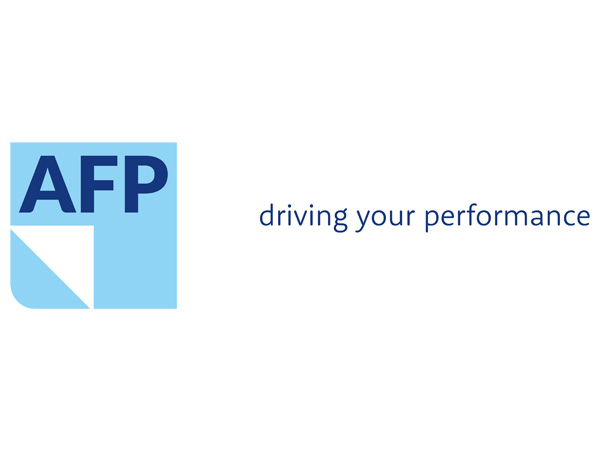How do you transport thousands of bottles of soft drinks so they arrive safely at their destination without any damage? The answer is simple: proper pallet stability. When a load is unstable, all kinds of things can go wrong. For example when a driver has to brake suddenly, take a sharp curve or has to swerve, the load can shift and fall over, or even worse, fall off the truck. With unstable pallets you run a high risk of damage and consequently loss of value. The figures do not lie: some four percent of palleted products arrive at their destination in a damaged condition. Each year, hundreds of millions of products are rejected in Europe due to damage. And manufacturers have to write off the goods that become damaged because they were incorrectly wrapped. So proper pallet stability is an important subject.
HOW TO KEEP A LOAD UPRIGHT
Load stability comprises several levels. The pallet itself must meet certain conditions and the pallets must be packaged. It is also important for the loads to be fixed to the pallet so that the pallet and the load always form a single unit. In this respect it is also important to pay attention to aspects such as the type of load and the products to be wrapped. How are the products packaged? How do you fasten them so that everything stays on the pallet? Another factor is the means of transport used to convey the load. What is the means of transport? What kind of supporting equipment is available for this purpose? Things that come to mind for example include tension belts and anti-slip mats in a truck. A stable load is important, because a pallet is subjected to significant forces during transport. In case of an emergency stop, these forces can be as high as 0.8 g. The g-force also comes into play in sharp turns, and can reach up to 50 percent of the weight.
PACKAGING IN ACCORDANCE WITH THE EUMOS GUIDELINES
The best way of achieving pallet stability is by using stretch film. Today, more than 80 percent of the pallet loads in Europe are packaged this way. This, as well as packaging products in accordance with the EUMOS guidelines, is why stretch films and wrapping machines have undergone major improvements in recent years.
The EUMOS regulations were introduced in 2014 with the objective of reducing the number of traffic accidents caused by unstable loads. In 2018, the regulations were refined and now subject the transport of palleted goods within the EU to even higher demands. The guidelines specify the forces a load must be able to withstand. Violating the guidelines can result in high fines. EUMOS shifts the responsibility for securing a load from the driver to the shipper and even to the packer. It is difficult for a driver to individually secure a thousand bottles of soft drinks. It is far easier to secure a clear-cut number of pallet loads. In case of damage, one of the first questions often asked is whether the bottles could stay upright in the first place. Many packers, and increasingly more often the producers of the load, opt for highquality stretch film with well-documented mechanical properties. They adjust their wrapping machines on the basis of these properties and have their pallet load stability certified in accordance with the EUMOS guidelines.
STRETCH FILM PLAYS AN INCREASINGLY MORE IMPORTANT ROLE
This means that the role of wrapping film is becoming increasingly more important. The film must have high tear resistance, so that the film does not break during the pallet wrapping process, and also does not break due to sharp edges or corners. In addition, the film must prevent pressure-sensitive loads from being compressed during the wrapping process.
This is even more important, because nowadays companies often make the primary and secondary packaging even thinner. This causes the fundamental strength of the packaging system to decrease, which in turn increases the chance of damage. While this does not seem very sensible, it is nevertheless understandable. Retailers want to reduce the inconvenience caused by packaging to a minimum because it slows down the shelf restocking process. One consequence of this is that shrink wrap is no longer used. However, this also means that bottles and jars can move separately. To then prevent the products from breaking, the presence and quality of the tertiary packaging, such as wrapping film, becomes even more important. While stretch film is not the most essential element, it often is a company’s last effort to ensure the safe transport of its product. And with the right stretch film, the load sits stable on the pallet. That means less damage and products that arrive safely and on time at their destination. That means less damage and products that arrive safely and on time at their destination. If you would like to know how we can help you with proper pallet stability, then please contact us.




